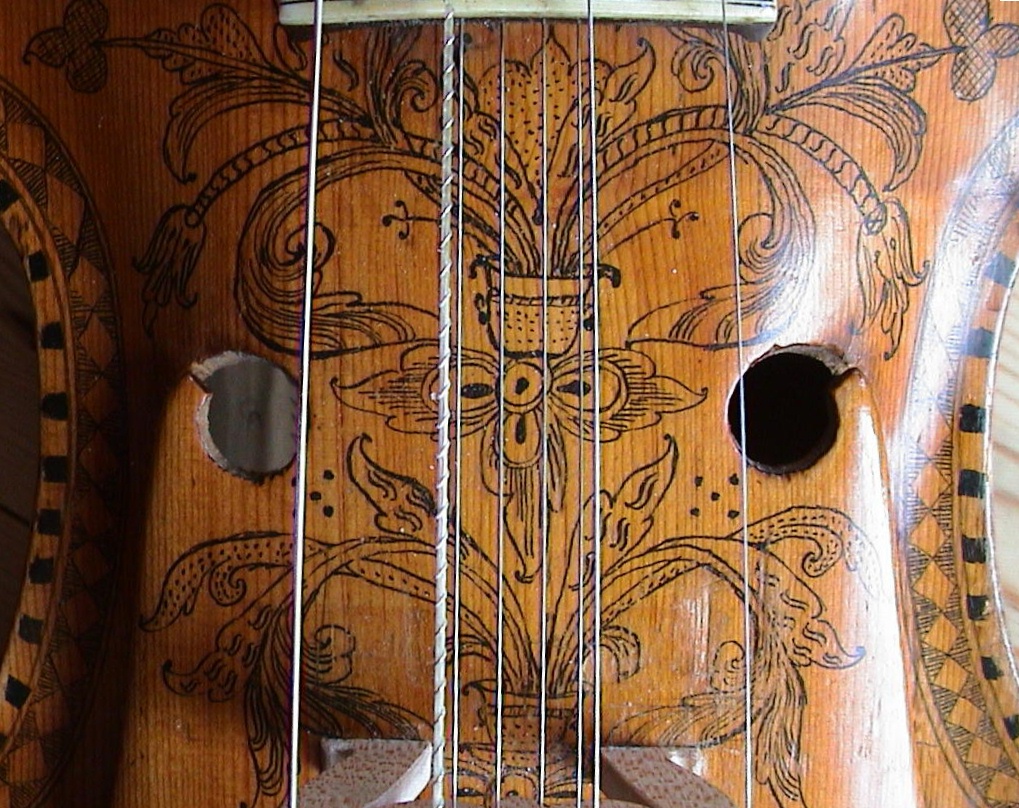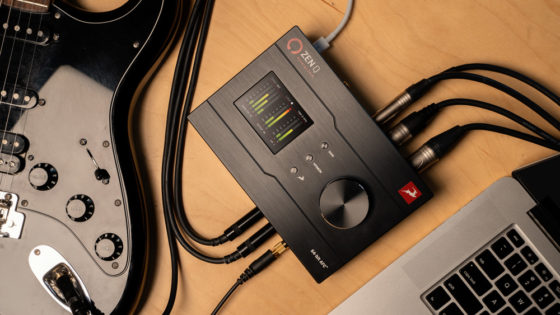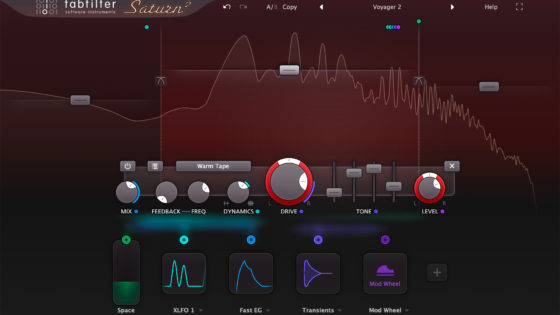The world is full of diverse musical cultures. Each plays host to a variety of unique and interesting instruments. One sure-fire way to make your tracks stand out is to harness the power of these sounds. Here are five worldly instruments you should be sampling in your music!
1. Erhu
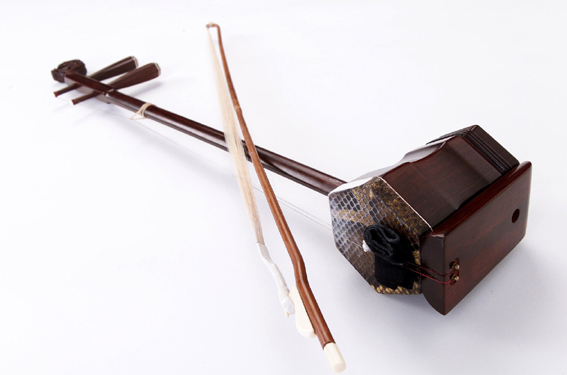
Erhu
Iconic of East Asian culture, the Erhu is a two-stringed bowed instrument. Essentially, it is the violin of the Chinese world with some defining characteristics. The bow, for example, is woven between the strings, meaning they are always in contact with each other. As with western violins, the Erhu does not have frets, but it also lacks a proper fingerboard which forces the player’s fingers to press the strings without touching the neck. What creates its definitive sound, though, is the box at the base covered by python skin on one side. Dating back to the 10th century, the Erhu is an ancient instrument that help give your music definition.
2. Theremin
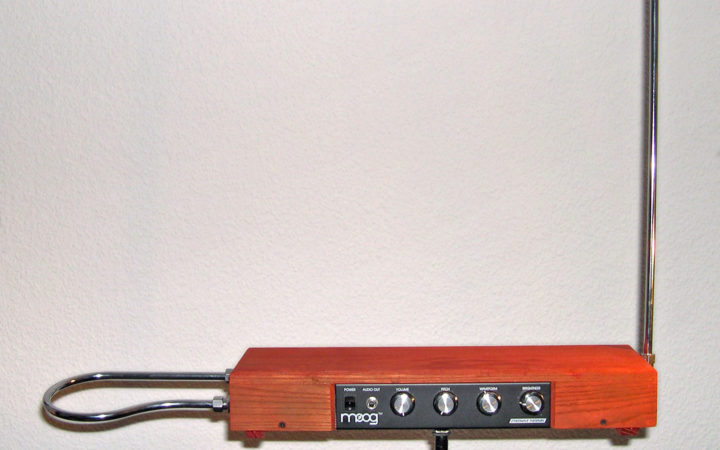
Theremin (Photo Cred: Hutschi)
Invented in 1920 by Léon Theremin, the Theremin is one the earliest electronic instruments. It is played using oscillators controlled by antennae that detect the relative position of the performer’s hands. One hand is in charge of the pitch, while the other takes care of the volume. The eerie sound produced by the Theremin has influenced many musical arenas, such as movie soundtracks (The Day the Earth Stood Still) and themes for TV shows (Star Trek, Dr. Who). Modern variations on this instrument have added MIDI compatibility, allowing the user to control other synths. So, if you want to creep out your audience, go for the Theremin.
3. Didgeridoo

Didgeridoo
Another ancient instrument of the the world is an Australian wind pipe known as the Didgeridoo. It’s exact origins are unclear, but this aerophone has been crafted and played by the Aboriginal people for upwards of 1500 years. The long characteristic drone of the Didgeridoo is produced by continually vibrating one’s lips while employing a circular breathing technique. The irregular shape of this instrument creates a non-harmonic relationship between the frequencies played, giving it that special sound. Lend this drone pipe to your production for some natural down-under vibes.
4. Glass Harmonica

Glass Harmonica
Providing a more ethereal sound is the Glass Harmonica. If you’ve ever circled the rim of a wine glass with a wet finger, then you’ve already got a good idea how this instrument works. It’s basically a series of glass bowls played together to produce similar effects. What makes this crystallophone interesting us how it takes advantage of how humans perceive sound. It primarily resides between 1 – 4 kHz, which is the frequency range where we can’t quite tell what direction the sound is coming from. The concept for the Glass Harmonica has existed for roughly 400 years, and is great for adding a classy atmosphere to your songs.
5. Hardanger Fiddle
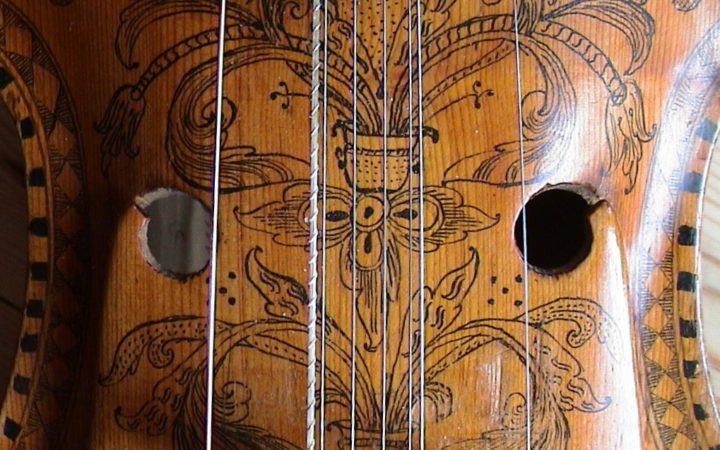
Hardingfele (Photo: Frode Inge Helland)
Last, we have the Hardanger Fiddle, or Hardingfele, a stringed instrument from Norway. While similar to the violin, this instrument is host to unique tunings, extra strings, and intricate decorations. The Hardanger Fiddle has over 20 different tunings, giving it a plethora of potential pitches to be played. The extra strings are called understrings, and are tuned to resonate with the main four strings. This adds a lot of depth and body to the instrument. Since it was used for Norwegian dances, layering this fiddle with some solid drums and a well-built bass line is bound to have some fantastic results.
We hope you’ve enjoyed learning a bit more about some the world’s most interesting instruments. If you have a worldly sound that gives your music some flavor, let us know in the comment section below!
Important things happen in Pacific Northwest nightlife, and DMNW will send you alerts!


































